-
Shop by category
- Accessories (23)
- Anti-Aging Products (432)
- Anti-Wrinkle Treatment Products (149)
- Biorevitalization (6)
- Botulinum Toxin (12)
- Chemical Peels (44)
- Dermal Fillers (76)
- Fat Dissolving / Lipolysis (10)
- Fillers For Body (5)
- Skin Boosters (34)
- Skin Moisturizers (115)
- Under Eye Creams (33)
- Excessive Facial Hair Inhibitors (5)
- Eye Care (26)
- Eyelash Growth Products (7)
- Hair Care, Treatment & Hair Growth Products (59)
- Men’s Health Products (25)
- Oral Care Products (22)
- Pet Health (2)
- Skin Care Products (284)
- Skin Lightening Products (209)
- Slider (0)
- Supplements & Drugs (374)
- Allergy (12)
- Anti-Addiction (5)
- Anti-Influenza (1)
- Antibiotics (46)
- Asthma (34)
- Brain & Antidepressants (33)
- Cancer Treatment (28)
- Diabetes (11)
- Heart / Blood Pressure (15)
- HIV, AIDS, Herpes & Hepatitis Treatment Medications (22)
- Homoeopathy (64)
- Immunosuppressants (11)
- Migraine (6)
- Thyroid Extract Supplements (7)
- Vitamins & Minerals (87)
- Wilson’s Disease (3)
- Topical Anesthetics / Pain Management (37)
- Weight Loss Treatment Products (22)
- Women's Health Products (62)
- Contraceptives / Birth Control Pills (21)
- Endocrine System (21)
- Sexual Wellness (13)
✓ We Dispatch The Freshest Batch
✓ Discreet Shipping Within 24h Daily
✓ Great Customer Service
✓ Competitive prices on all products
Chemical Peels
Showing all 44 results
-
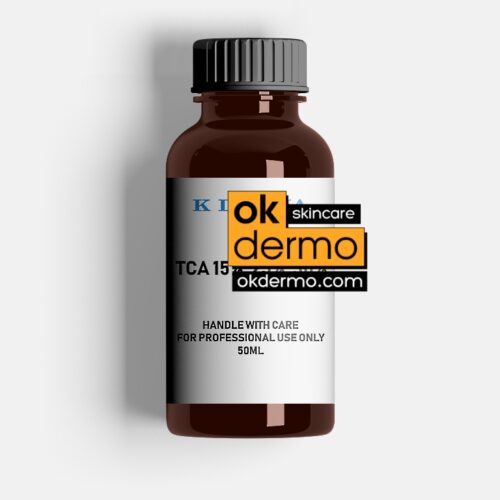
Pure Strong TCA Trichloroacetic Peel Solution
Trichloroacetic Acid Chemical Peel 15% / 25% / 30%
Size: 50ml / 1.7fl.oz
From USD $54.00 Select options -
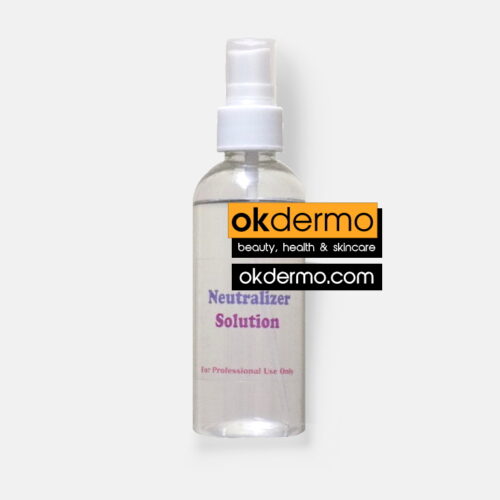
Chemical Peel Neutralizer Liquid
After Every Chemical Peel Session
Size: 100ml / 3.4fl.oz
USD $15.00 Add to cart -
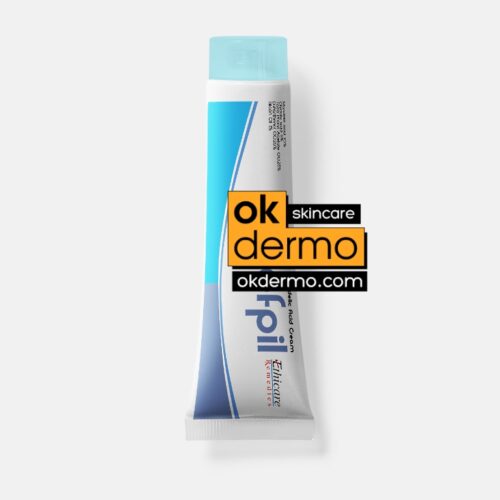
Sefpil® Mandelic Peel Cream
Mandelic Acid 10% + Glycolic Acid 5%
Size: 30g / 1.05oz
USD $22.00 Add to cart -
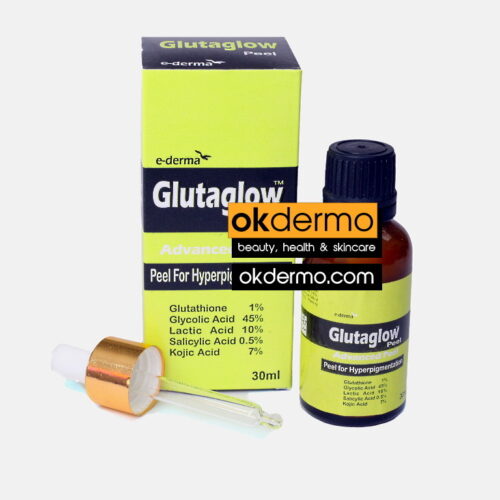
Glutaglow® Glutathione Peel
Glutathione 1% + Glycolic 45% + Lactic 10% + Salicylic 0.5% + Kojic 7% + Lemon 2% Acids
Size: 30ml / 1.01fl.oz
USD $112.00 Add to cart -
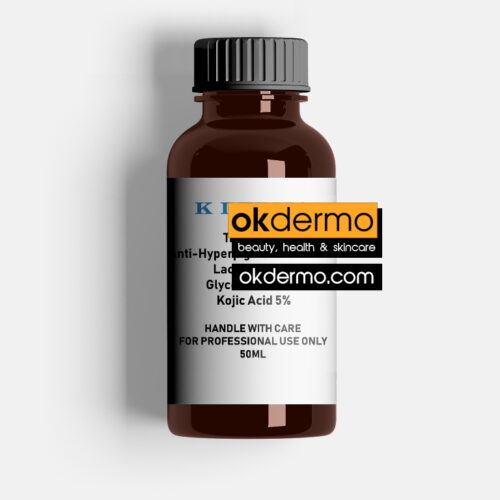
Anti-Hyperpigmentation Peel
Triple AHA Peel with Lactic Acid 20% + Glycolic Acid 10% + Kojic Acid 5%
Size: 50ml / 1.7fl.oz
USD $52.00 Add to cart -
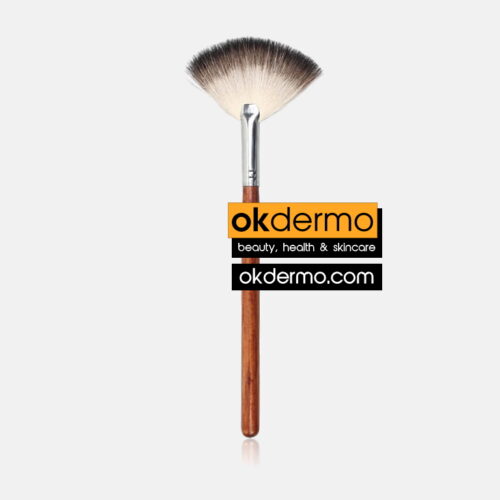
Facial Fan Brush
Chemical Peel / Solution / Liquid / Acid Applicator
USD $7.50 Add to cart -
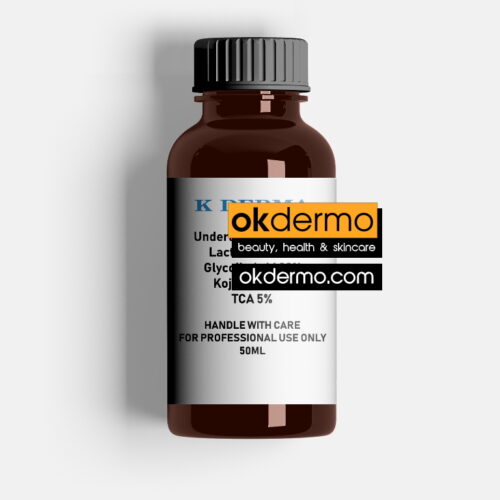
Underarm Glow Peel
Lactic Acid 20% + Glycolic Acid 20% + Kojic Acid 10% + TCA 5%
Size: 50ml / 1.7fl.oz
USD $49.00 Add to cart -
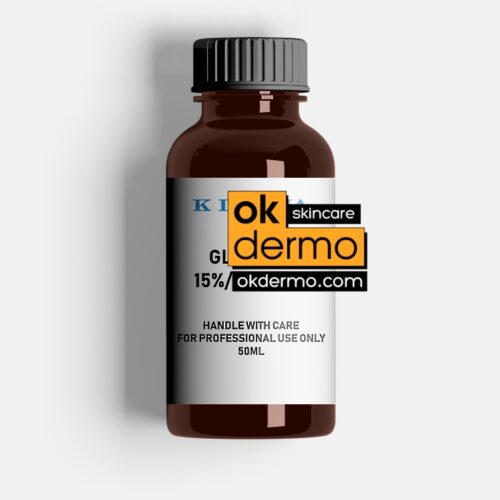
Pure Glycolic Peel
Glycolic Acid Chemical Peel 15% / 30% / 50% / 70%
Size: 50ml / 1.7fl.oz
From USD $52.00 Select options -

Chemical Even Toning Peel
Lactic Acid 20% + Citric Acid 10% + Kojic Acid 10% + TCA 10%
Size: 50ml / 1.7fl.oz
USD $57.00 Add to cart -
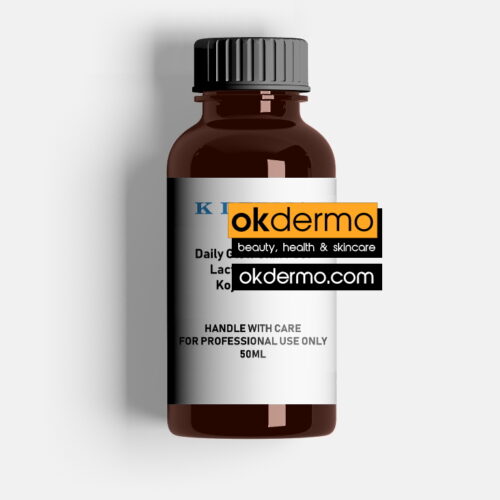
Daily Glow Skin Peel
Lactic Acid 10% + Kojic Acid 2%
Size: 50ml / 1.7fl.oz
USD $37.00 Add to cart -
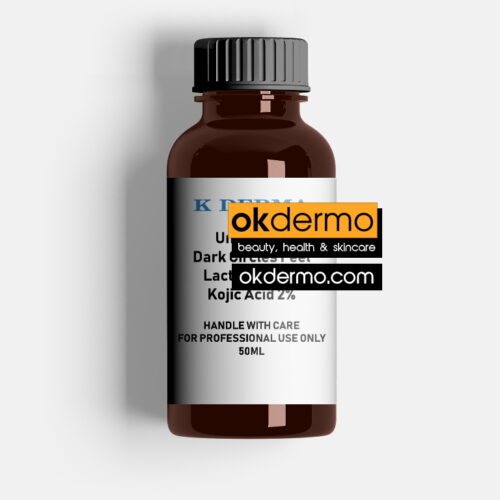
Under Eye Dark Circles Peel
Lactic Acid 8% + Kojic Acid 2%
Size: 50ml / 1.7fl.oz
USD $43.00 Add to cart -
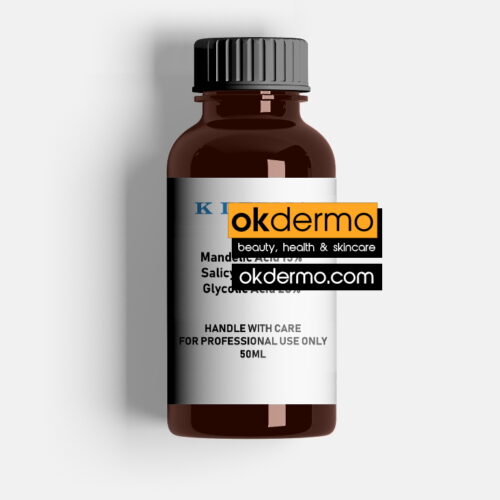
Chemical Peel Anti-Aging Resurfacing
Mandelic Acid 15% + Salicylic Acid 20% + Glycolic Acid 20%
Size: 50ml / 1.7fl.oz
USD $58.00 Add to cart -
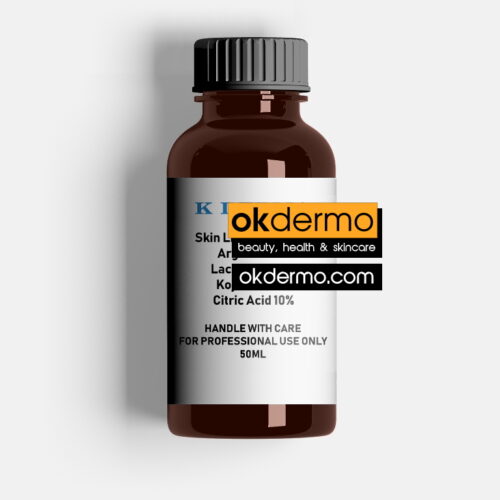
Skin Lightening Peel
Arginine 15% + Lactic Acid 10% + Kojic Acid 5% + Citric Acid 10%
Size: 50ml / 1.7fl.oz
USD $54.00 Add to cart -
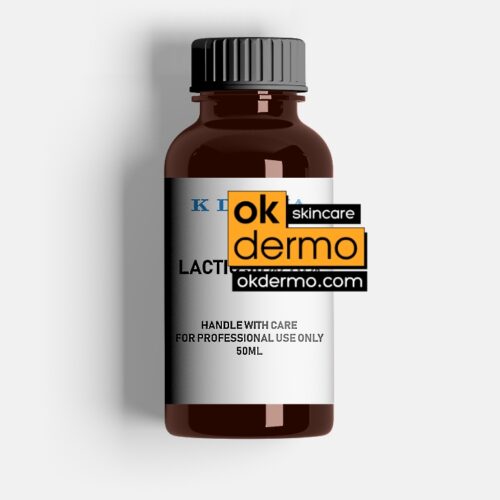
Pure Lactic Peel
Lactic Acid Chemical Peel 50% / 70%
Size: 50ml / 1.7fl.oz
From USD $52.00 Select options -
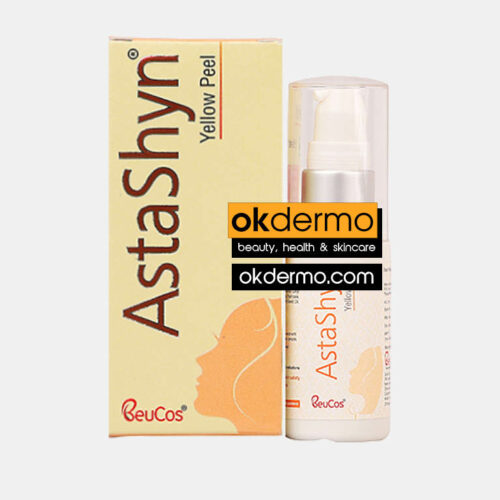
Astashyn® Yellow Peel
Lactic Acid + Glycolic Acid + Kojic Acid + Salicylic Acid + Octadecanoic Acid + Resveratrol + Retinol
Size: 20g / 0.7oz
USD $35.00 Add to cart -
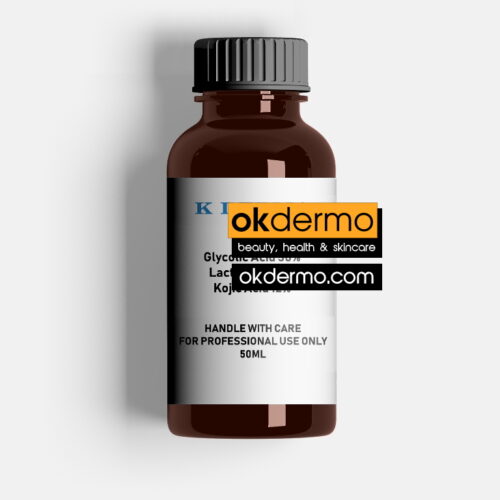
Chemical Peel
Glycolic Acid 30% + Lactic Acid 20% + Kojic Acid 12%
Size: 50ml / 1.7fl.oz
USD $58.00 Add to cart -
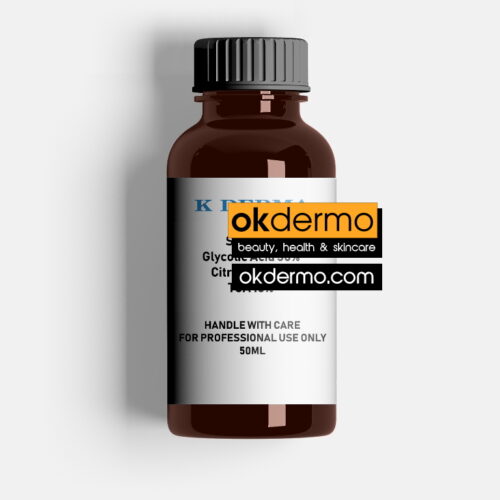
Chemical SPA Peel
Glycolic Acid 30% + Citric Acid 10% + TCA 10%
Size: 50ml / 1.7fl.oz
USD $51.00 Add to cart -

AHA Chemical Peel
Lactic Acid 20% + Citric Acid 10% + Glycolic Acid 20% + TCA 10%
Size: 50ml / 1.7fl.oz
USD $55.00 Add to cart -

Pure Salicylic Peel
Salicylic Acid Chemical Peel 20% / 30%
Size: 50ml / 1.7fl.oz
From USD $52.00 Select options -
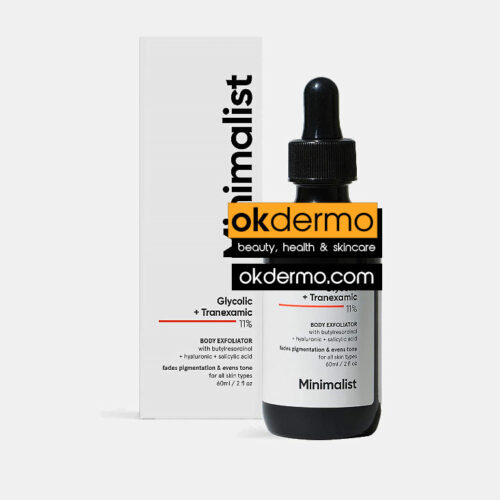
Minimalist® Glycolic + Tranexamic 11% Body Exfoliator
Glycolic Acid 8% + Salicylic Acid 2% + 4-n-Butylresorcinol 1% + Tranexamic Acid 3% + Hyaluronic Acid
Size: 60ml / 2fl.oz
USD $42.00 Add to cart -
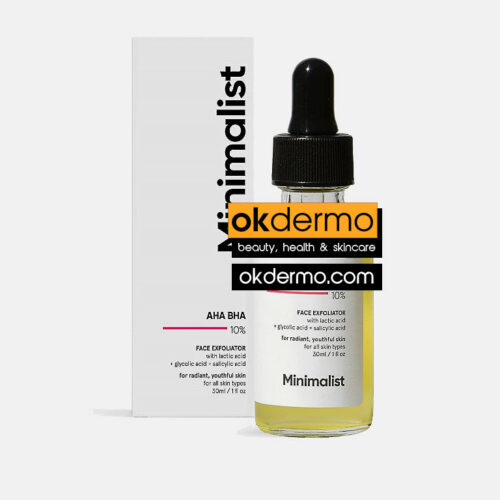
Minimalist® AHA BHA 10% Face Exfoliator
Lactic Acid + Glycolic Acid + Salicylic Acid
Size: 3oml / 1fl.oz
USD $29.00 Add to cart -
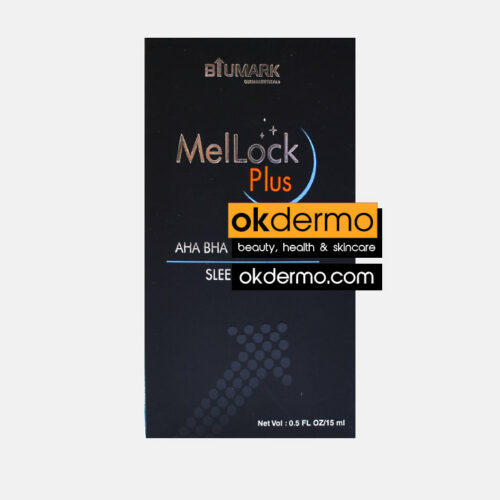
MelLock Plus® Skin Brightening Hepta Peel Gel
AHA + BHA + Hydroquinone + Kojic Acid
Size: 15ml / 0.5fl.oz
USD $42.00 Add to cart -

FCL® AHA Exfoliating Creamy Lotion 15
Glycolic Acid 15% + Milk Protein 1% + Multifruit BSC
Size: 100ml / 3.4fl.oz
USD $38.00 Add to cart -
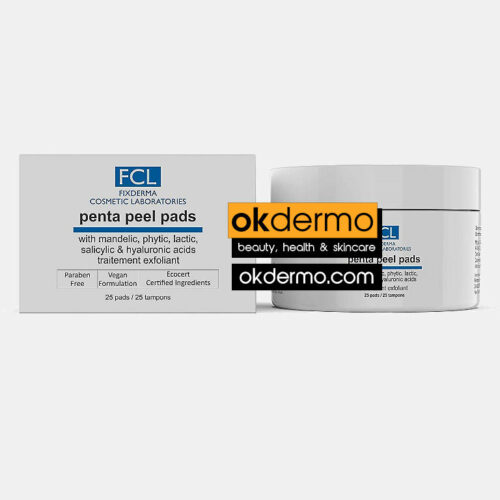
FCL® Penta Peel Pads® Removes Dead Skin
Mandelic Acid + Lactic Acid 2.5% + Multifruit AHA + Salicylic Acid 2% + Phytic Acid + Hyaluronic Acid 0.5%
USD $54.00 Add to cart -
Sold out!
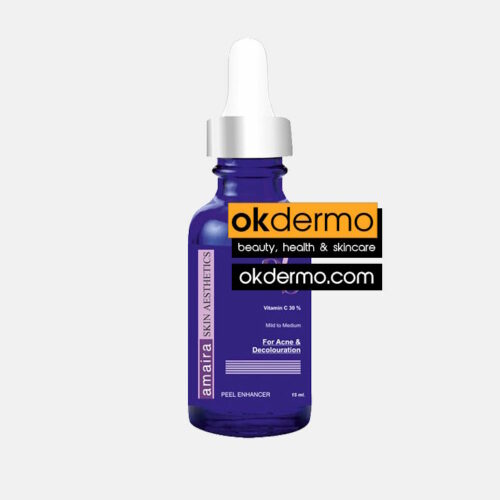
Vitamin-C 30%® Peel Enhancer
Sodium Ascorbyl Phosphate 30%
Size: 15ml / 0.5fl.oz
USD $57.00 Read more -
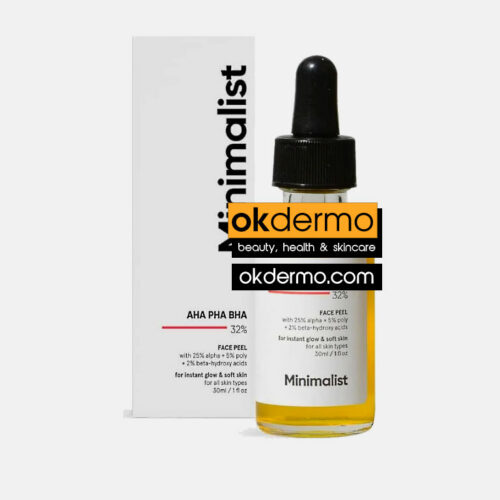
Minimalist® AHA PHA BHA 32% Face Peel Solution
Alpha-Hydroxy Acid 25% + Poly-Hydroxy Acid 5% + Beta-Hydroxy Acid 2%
Size: 30ml / 1fl.oz
USD $33.00 Add to cart -
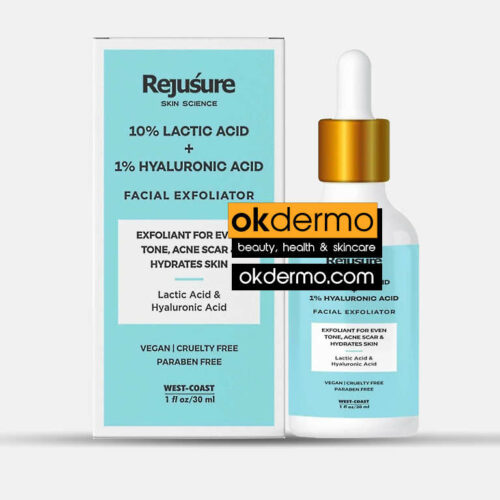
Rejusure® Facial Exfoliant For Even Tone
Lactic Acid 10% + Hyaluronic Acid 1% + Aloe Vera
Size: 30ml / 1fl.oz
USD $23.00 Add to cart -
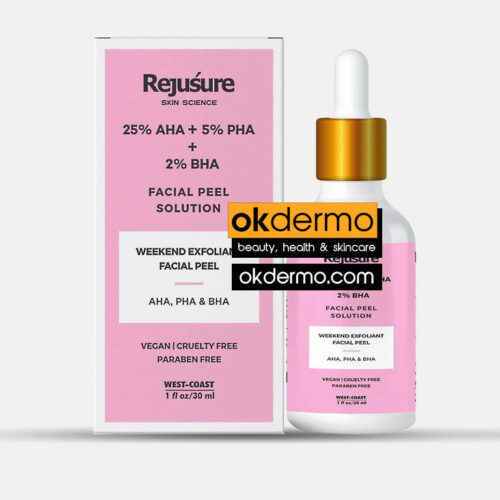
Rejusure AHA, PHA, BHA® Facial Peeling Solution
AHA 25% + PHA 5% + BHA 2% + Niacinamide
Size: 30ml / 1fl.oz
Brand name: Ordinary AHA BHA Peel, Ordinary Peeling Solution
USD $31.00 Add to cart -
Sold out!
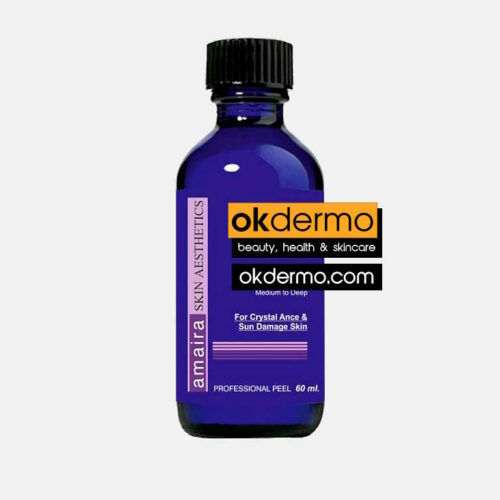
Salimira M+® Acne & Hyperpigmentation Peel
Salicylic Acid 20% + Mandelic Acid 30%
Size: 60ml / 2fl.oz
USD $74.00 Read more -
Sold out!
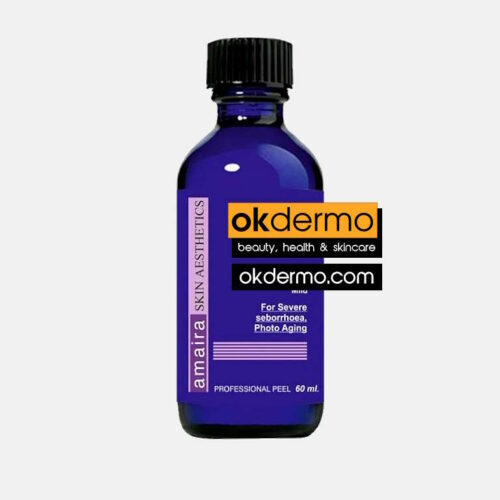
Pyruvic® Severe Seborrhea, Acne Scar, Oily Skin Peel
Pure Pyruvic Acid 15% Peel
Size: 60ml / 2fl.oz
USD $71.00 Read more -
Sold out!
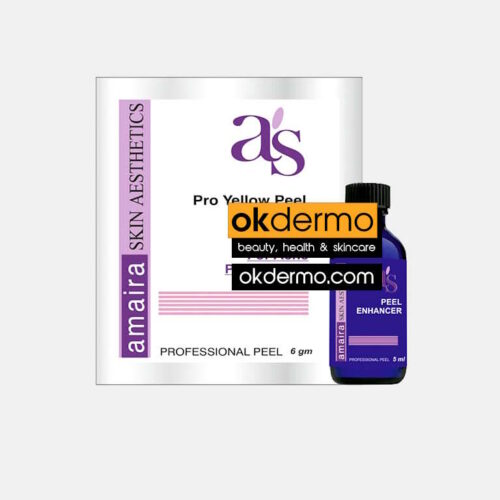
Pro Yellow® Photo-Aging and Superficial Stretch Marks Peel
Sodium Ascorbyl Phosphate 30% Gel Base Peel Enhancer + Retinol 6% + Salicylic Acid 2% + Pyruvic Acid 2% + Kojic Acid 3% + Azelaic Acid 2% Cream Base Peel
Size: Sachet 6g/0.2oz + Vial 5ml/0.17fl.oz
USD $90.00 Read more -
Sold out!
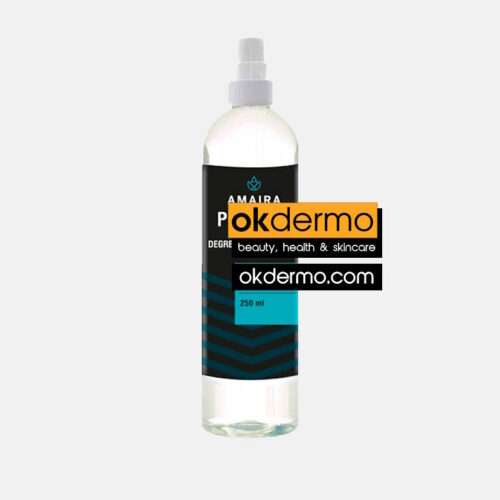
Pre Peel® Cleanser For Better Penetration Of Peel
Glycolic Acid + Salicylic Acid + Polyethylene Glycol 200 + Ethanol + Cetyl Alcohol
Size: 250ml / 8.5fl.oz
USD $55.00 Read more -
Sold out!
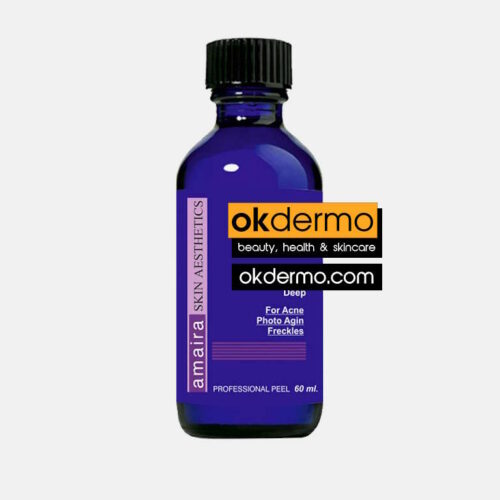
Mendira SG® Sun Damaged Facial Skin Gel Base Peel
Glycolic Acid 20% + Mandelic Acid 10% + Salicylic Acid 5%
Size: 60ml / 2fl.oz
USD $68.00 Read more -
Sold out!
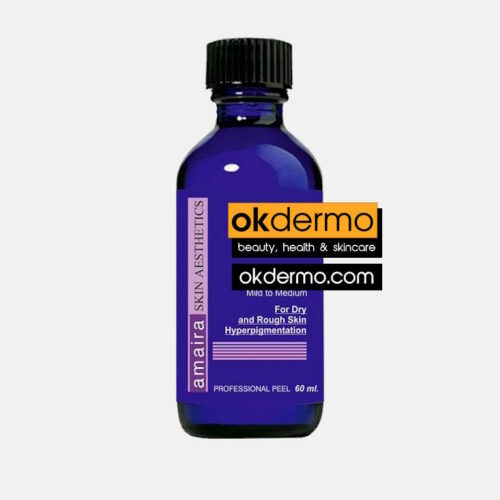
Lactica Peel® Pure Lactic Acid Gel
Lactic Acid 50% / 70% / 90%
Size: 60ml / 2fl.oz
From USD $64.00 Select options -
Sold out!
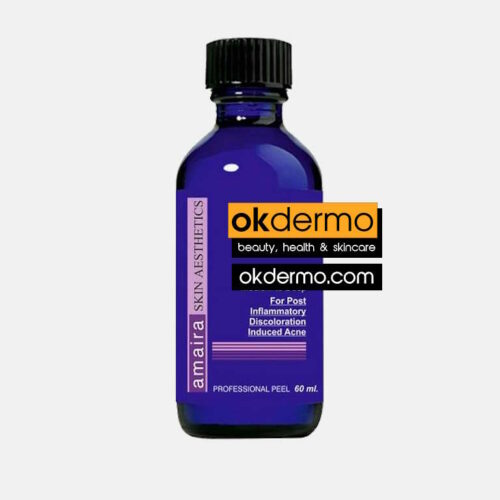
Jessners® Acne & Mild Post Acne Scaring Peel
Resorcinol 14% + Lactic Acid 14% + Salicylic Acid 14%
Size: 60ml / 2fl.oz
USD $74.00 Read more -
Sold out!
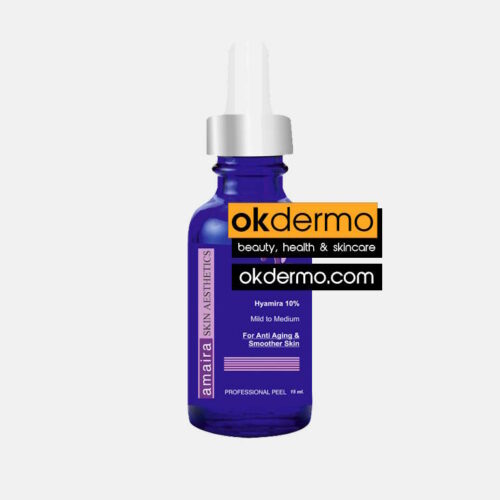
Hyamira® Anti-Aging Peel Serum
Hyaluronic Acid 10%
Size: 15ml / 0.5fl.oz
USD $62.00 Read more -
Sold out!
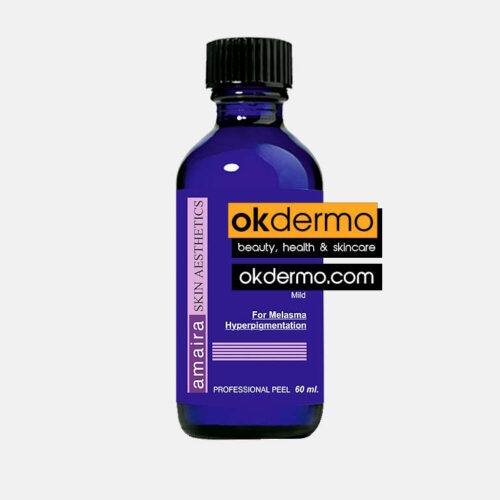
Glymira Peel® Pure Glycolic Acid
Glycolic Acid 30% / 50% / 70%
Size: 60ml / 2fl.oz
From USD $65.00 Select options -
Sold out!
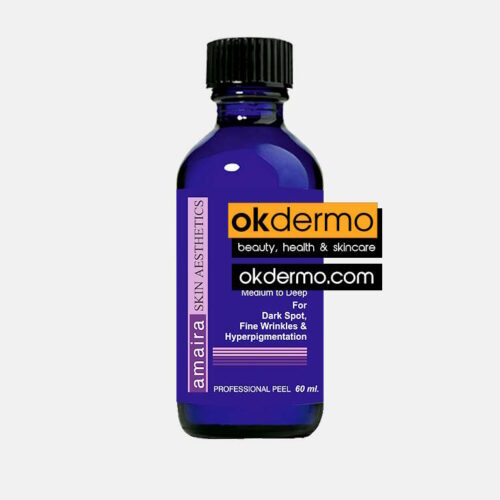
Skin Lightening Peel® For Uneven Skin Texture
Glycolic Acid 20% + Kojic Acid 3% + Arbutin 0.5% + Sodium Ascorbyl Phosphate 2%
Size: 60ml / 2fl.oz
USD $66.00 Read more -
Sold out!
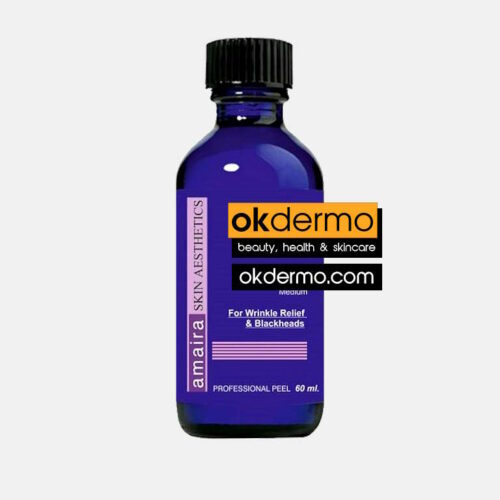
Fruit + Kojic Base Peel® Rejuvenation Glow Gel
Orange Extract 10% + Black Grapes Extract 10% + Kojic Acid 10%
Size: 60ml / 2fl.oz
USD $68.00 Read more -
Sold out!
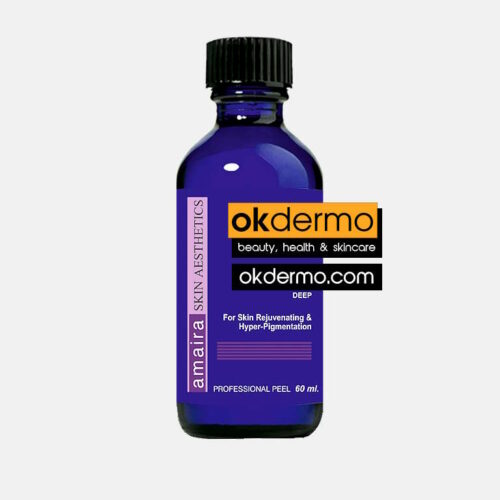
Cocktail VC Peel® Deep Peel For Glow & Radiance
Glycolic Acid 47% + Lactic Acid 3% + Citric Acid 5% + Kojic Acid 3% + Sodium Ascorbyl Phosphate 3%
Size: 60ml / 2fl.oz
USD $72.00 Read more -
Sold out!

Cocktail Gel-Base Peel® For Skin Lightening
Glycolic Acid 33% + Lactic Acid 9% + Kojic Acid 7% + Citric Acid 5% + Salicylic Acid 3%
Size: 60ml / 2fl.oz
USD $65.00 Read more -
Sold out!
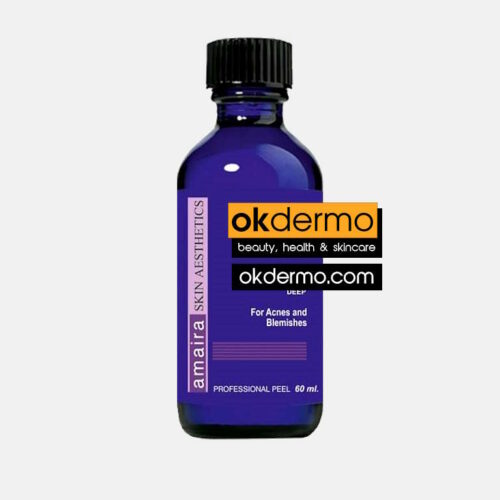
Black Peel® Deep Facial Peeling For Acne & Scaring
Resorcinol 14% + Lactic Acid 14% + Salicylic Acid 14%
Size: 60ml / 2fl.oz
USD $68.00 Read more -
Sold out!
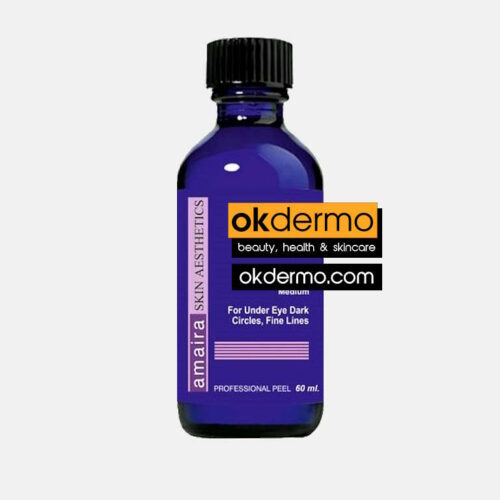
Argi-L® Medium Peel for Under Eye Dark Circles & Fine Lines
Hydroxyethylcellulose Gum + Lactic Acid + L-Arginine + Phenoxyethenol + Sodium Ascorbyl Phosphate + Alpha Arbutin
Size: 60ml / 2fl.oz
USD $65.00 Read more -
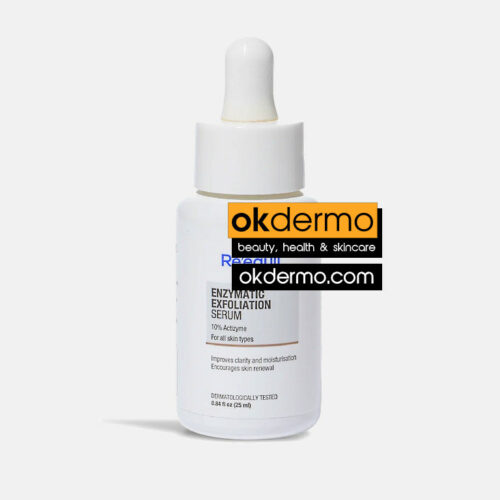
Enzymatic Exfoliation® Actizyme Serum
Actizyme® 10% + Paeonia Suffruticosa Extract + Chondrus Crispus Extract
Size: 25ml / 0.85fl.oz
USD $29.00 Add to cart

Chemical peels are safe to use. They can effectively treat wrinkles and fine lines. They can help to give individuals a smoother and brighter skin tone. All of these things work together in order to help a person look youthful.
A chemical peel is a technique used to improve and smooth the texture of the skin. Facial skin is mostly treated, and scarring can be improved. Chemical peels are intended to remove the outermost layers of the skin. To accomplish this task, the chosen peel solution induces a controlled injury to the skin.
Resulting in wound healing processes beginning to regenerate new tissues. The dead skin eventually peels off. The regenerated skin is usually smoother and less wrinkled than the old skin. People are advised to seek professional help from a dermatologist, cosmetologist, or plastic surgeon on a specific type of chemical peel before a procedure is performed.
In equal percentages, the order of weakest to strongest is Lactic Acid > Glycolic Acid > Salicylic Acid > TCA. AHA’s and BHA’s (lactic, glycolic, salicylic, etc…) in varying percentages can be stronger or weaker than another. As an example: a Lactic Acid 70% solution is much stronger than a Glycolic Acid 20% solution, but lactic acid itself in an equal solution is a weaker acid than glycolic acid.
Choosing a Chemical Peel
What strength peel is right for me? A good rule of thumb is to begin by choosing a low-strength BHA or AHA exfoliator like Glycolic or Lactic Acid.
The depth of the peel depends on the chemical used and your experience using peels. It is advisable to not use a strong chemical peel treatment if you have never used peeling agents. Many times, we want quick results, not realizing what this might mean in terms of applying a chemical peel. The peeling agent produces controlled damage to the skin’s surface. This can result in excess flaking, stinging, sunburn-type effect, or, in some cases, breaks in the skin, leaving us frustrated and even more dissatisfied with our skin than before we started. Therefore, it is vital to understand that chemical peeling is a process that typically occurs over the course of a few weeks. A 2oz. bottle of a chemical solution (used straight) will give you approximately 5-7 facial peels.
Combining a daily regimen with a series of skin peels is the most effective way to treat your skin and choosing the right strength of the product is vital to performing professional-quality skin rejuvenation treatments.
Salicylic Acid: Low-strength of Salicylic acid peel is recommended for those new to this type of chemical peel or for those who only need light skin rejuvenation. Can be used once every 7 days. This strength of peel can be excellent for use in conjunction with the Glycolic or Lactic peel for a superior peel result. Oil-soluble to penetrate sebum-filled pores and cleanse thoroughly, reducing acne and blemishes. High strengths of Salicylic acid are stronger deeper peels and can be performed every 2 weeks. They assist in the rapid shedding of dead skin cells. The use of a light daily exfoliator in between peel treatments will further assist in this process of skin cell renewal. Excellent for oily/acne-prone skin.
Glycolic and Lactic Acids: These is the best to use for daily and weekly chemical peels. Low strengths are considered daily exfoliators and they will keep your skin fresh and healthy. These are recommended for those new to chemical peels or for those who only need light skin rejuvenation. higher strengths are considered medium peels and can be performed every 2
weeks. They assist in the rapid shedding of dead skin cells. The use of a light daily exfoliator in between peel treatments will further assist in this process of skin cell renewal. High strengths are considered deeper peels and should only be used on lower extremities (arms, legs, feet, back, etc). This type of peel is great for corn, calluses, and thick dead skin on feet or hands. Initially, this type of peel can be used daily or every other day on feet that have really thick dead skin.
TCA Peel: Once you decide to do a TCA peel start with a light TCA peel to see how your skin handles it and what your recovery time is like. Then graduate to the deeper TCA peels. The deep TCA peels can be performed every 8 weeks. This peel can be used in addition to your weekly peels. Weekly peels are actually necessary to prepare for TCA Peels. Tattoo Removal: TCA high-strength peels are typically used for this. Now, your tattoo isn’t going to magically disappear with one treatment. Just like “laser tattoo removal”, a series of peels will need to be done. With each treatment, the tattoo will get lighter and lighter until it either fades significantly or fades completely away. In some cases, you may need to follow up with laser tattoo removal to remove the remainder of the more difficult tattoos. The number of treatments and timely results depend on tattoo darkness and depth.















